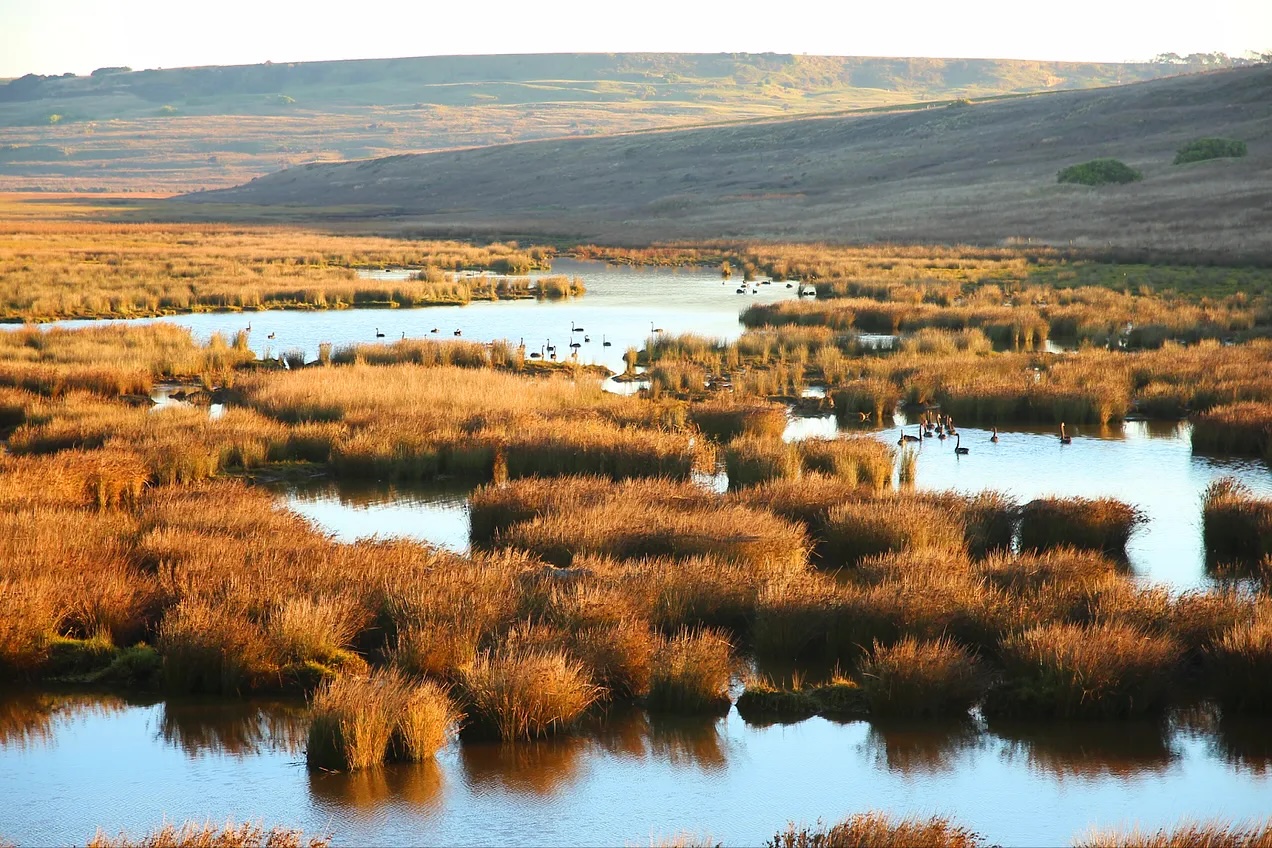What is biodiversity loss?
Biodiversity refers to the variety of all living things on Earth — from humans and other animal species, to plants, fungi and bacteria. Due to the enormity of this variety, biodiversity is normally scientifically explored at the genetic, species and ecosystem levels. In reality, however, these levels can’t actually be separated, as they are interlinked, interacting and influencing each other to the point where a change at one level will cause change at the others.
With this definition in mind, biodiversity loss is a decrease in biological diversity at one or many of these levels. Examples of biodiversity loss include the sharp population decline of Tapanuli orangutans due to hunting and habitat loss, the fact that almost all the potatoes sold and consumed are from the Russet Burbank species, and the extinction of the Pinta Giant Tortoise.
Use it in a sentence
Biodiversity loss is an immediate and critical threat to the survival, health, happiness and prosperity of humankind.
Why does it matter?
We rely on our oceans to produce 50% of the oxygen we need, plants to create and inspire medicines, mangroves to stabilise shorelines against erosion, and forests to filter rainwater, to name just a few services provided by nature. Zooming in, we need bees to pollinate crops, bats to maintain insect populations, fish to enable long-term carbon storage in the deep ocean and wedge-tailed eagles to prey on animals to control their populations.
But all of these services and species are threatened. Biodiversity loss is real, rife and widespread.
Species are dying off as much as 1,000 times more frequently than before the arrival of humans 60 million years ago. Wildlife populations have plunged by an average of 69% between 1970 and 2018, while 50% of all coral reefs have been lost since the 1950s.
Our reliance on biodiversity is indisputable — and so too is the fact biodiversity is interdependent and fragile. A loss at one level will have effects at every other level, and eventually be felt by every person, in every country.
What’s causing it?
Experts have identified five main causes of biodiversity loss:
- Changes in land and sea use;
- The exploitation of natural resources;
- Global heating;
- Pollution; and
- The spread of invasive species.
Food for thought
Biodiversity loss and climate change are the two greatest crises of our time — yet biodiversity loss gets a fraction of the media, policy and financial attention that climate change does. Why do you think this is the case?



